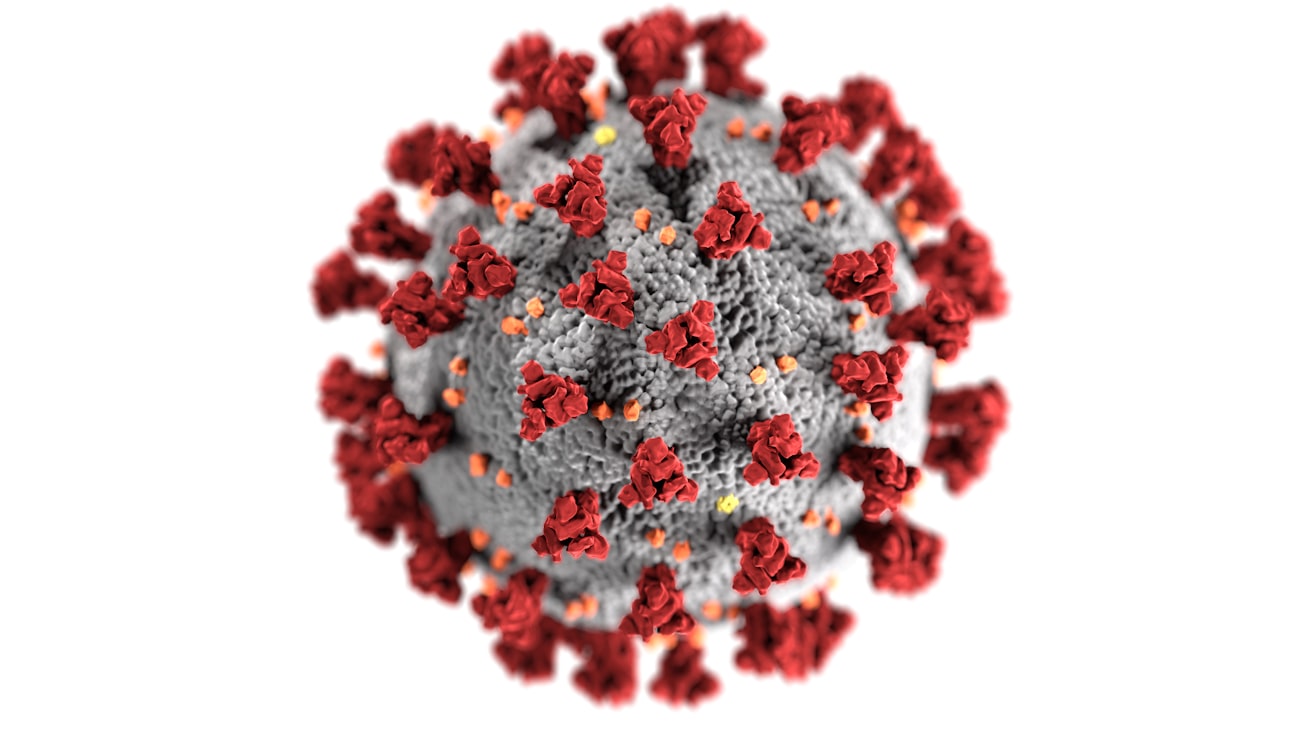What is it about?
Viruses interact with host cell factors for attachment and entry into target cells. The spike (S) protein of coronaviruses facilitates host cell entry and which host cell factors are exploited by the S protein for entry might reveal targets for antiviral intervention. Our study shows that the S protein of SARS-CoV-2 like the S protein of SARS-CoV-1 uses angiotensin converting enzyme 2 (ACE2) as entry receptor and the cellular serine protease TMPRSS2 for S protein activation, i.e. cleavage of the S protein which allows the S protein to transit into an active form. Importantly, TMPRSS2-mediated S protein activation can be inhibited by camostat mesylate, a serine protease inhibitor approved for treatment of pancreatitis in Japan. Finally, our study shows that sera from convalescent SARS patients inhibit host cell entry driven by the S protein of SARS-CoV-2, although with moderate efficiency, indicating that an antibody response raised against SARS-CoV-1 might offer some level of protection against SARS-CoV-2.
Featured Image

Photo by CDC on Unsplash
Why is it important?
The study provides important insights into host-cell interactions of SARS-CoV-2 and shows that the clinically-proven serine protease inhibitor camostat mesylate might be suitable for COVID-19 treatment.
Perspectives
It will be important to evaluate camostat mesylate in clinical trials for its effectiveness against COVID-19. Such a trial has recently started in Aarhus, Denmark: https://www.sciencemag.org/news/2020/04/these-drugs-don-t-target-coronavirus-they-target-us
Professor Stefan Pöhlmann
German Primate Center
Read the Original
This page is a summary of: SARS-CoV-2 Cell Entry Depends on ACE2 and TMPRSS2 and Is Blocked by a Clinically Proven Protease Inhibitor, Cell, April 2020, Elsevier,
DOI: 10.1016/j.cell.2020.02.052.
You can read the full text:
Resources
Contributors
The following have contributed to this page







